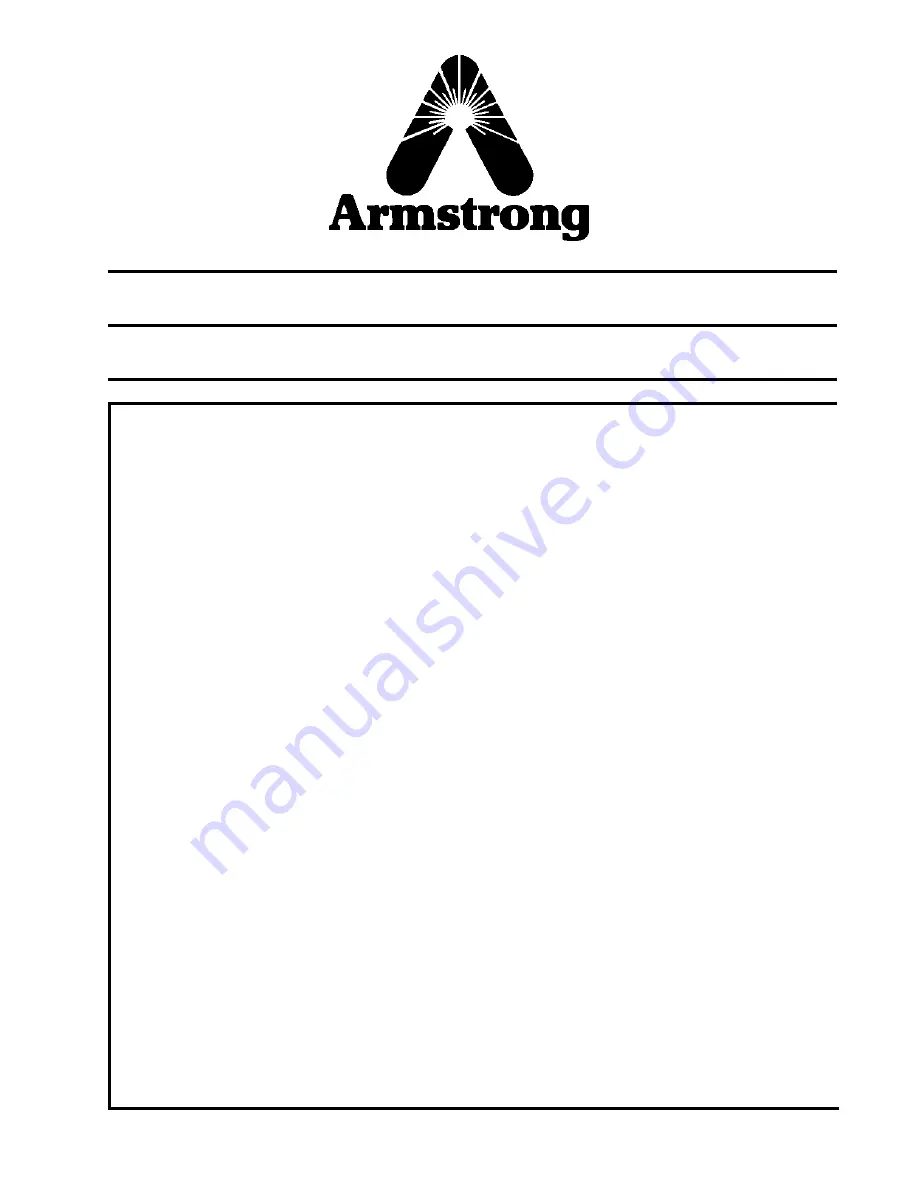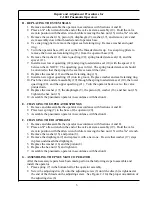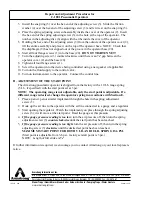
IB-53-B
C-1801 Pneumatic Operators
Repair and Adjustment
This bulletin should be used by experienced personnel as a guide to the repair and adjustment of Armstrong
C-1801 Pneumatic Operators. Selection or installation of equipment should always be accompanied by
competent technical assistance. We encourage you to contact Armstrong or its local representative if
further information is required.
WARNING: Be sure that the steam supply to the device being controlled has been
turned
off
and that the body is
at a safe handling temperature
before attempting
inspection or repairs to the operator!
Maintenance procedures for the Armstrong pneumatic operator should include:
•
disassembling the operator;
•
installing the operator;
•
replacing stem seals;
•
changing operator springs;
•
replacing the diaphragm;
•
replacing the valve and seat.
Please refer to Figure 2-1 for part locations and identification.
A. REMOVING THE OPERATOR AND INSPECTING THE VALVE AND SEAT
The operator must be removed to inspect or replace valves and seats, or to recondition the
operator.
1. Turn off fluid supply to the device being controlled.
2. Turn off the instrument air to the operator. Disconnect the control line.
3. Unscrew the operator to remove it.
4. Inspect the valve. A properly wearing valve has a bright NARROW ring all the way
around its circumference.
5. Inspect the seat. A properly wearing seat has a SHARP EDGE, with no nicks or gaps.
6. If the valve and seat are wearing properly, proceed to Section G, Steps 9, 10, and 11.
Valves and seats must
ALWAYS
be replaced as a set. Replacing the valve requires
disassembly of the operator.






















